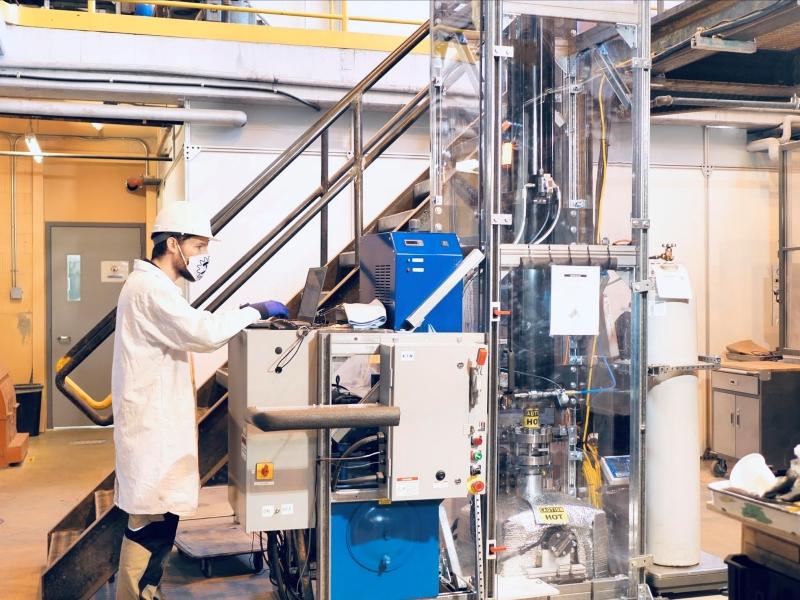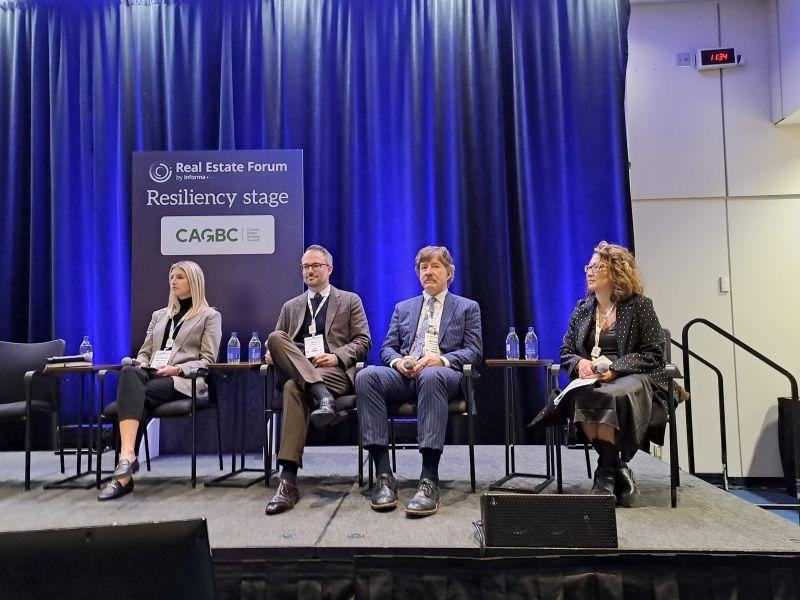
(Image courtesy of Pexels/Pixabay)
During the COVID-19 pandemic, nature-based solutions in building design – applications of nature to tackle socio-environmental and mental health challenges – have captured global attention. They not only address environmental concerns but also bring enormous benefits to the occupants.
Biophilic design brings nature into interior space. By helping occupants reconnect with nature indoors, biophilic design is capable of regenerating the wellbeing of the occupants. It delivers a high-performance lifestyle and reinforces the significance of outdoor nature.
Skeptics may ask: are there any real benefits of biophilic design? Or is it just another trendy, whimsical idea that only serves aesthetic purposes? They need not be concerned. The human response to nature and indoor natural elements is a very real and well-documented phenomenon. Decades of research indicate that connecting occupants to natural elements indoors has a wide range of positive impacts including faster recovery from illness, lower pain levels, reduced stress and blood pressure, improved cognition, fewer missed work days and higher productivity and higher perceived quality of life.
In the modern era, more people have become concerned about nature-deficit disorder – the phenomenon of human beings disconnecting from natural surroundings and spending most of their time indoors – which is believed to cause a range of behavioural problems.
Nature’s profound benefit to people
As research on the innate connection between people and nature unravels how profoundly nature can benefit people – or how the lack of it can harm – the mechanisms behind benefits becomes clearer. For instance, trees have been found to boost human immune function through their essential oils. Other studies show that simply having a window in a hospital room, which allows the patient to view the outside nature, improves recovery times.
Natural light has also been found to play a major role in productivity and presence. In school, students exposed to more natural light attend school more often, learn than 20% faster and perform better on tests than students lacking natural light exposure while on the other hand, workers are more likely to be absent from work in professional environments bereft of natural light or views.
Connection to nature has a substantial impact on people’s mental health and stability and shows why biophilic design should be a priority when designing living and working spaces. Furthermore, the clinical practice of biophilic design – nature therapy – is now offered to Canadians as medical prescription. More than 500 healthcare workers across Canada have signed up to participate in this prescriptions program.
An approach to biophilic design
Anchor Corp.’s approach to biophilic design incorporates several elements – the site, the community, the place, the culture, the natural environment – and brings the local environment into interior space to connect people, place, and local culture. When considering materials, for example, the objective is to use local materials that match local colour, local texture, and local patterns. In this way, the building design can reinforce the connection to the site. In the south-western United States, adobe clay is used to reflect local materials, landscapes (and indigenous history). The design offers the opportunity to produce healthier people, communities, and culture.
How can we be sure that the biophilic design use is effective biophilic design?
At Anchor, we focus on six elements of effective biophilic design. The first element is about bringing activities to people that give a sense of achievement. Second, it is important to note that exposures to nature irrelevant to human productivity and survival do not have a significant impact on wellbeing and are not effective instances of biophilic design. On the other hand, the third element emphasizes repeated and sustained engagement with nature instead of an occasional experience that only has a superficial impact. In addition, the fourth concerns reinforcing and integrating design that connects with the overall setting; immersion in the habitat can only be achieved through elements that form a complementary and interconnected whole, not through isolated or out-of-context exposure to nature in a disconnected space. The fifth element is taking advantage of our inherent inclination to affiliate with nature which creates emotional attachments to the setting, prompting us to identify with and sustain the places we inhabit, and thus increase productivity. Finally, the sixth element centers on fostering positive and sustained interactions and connections between people and their environment that enhances a sense of belonging as a member of a community and strengthens social relationships.
The seven dimensions of wellness
Anchor’s biophilic design addresses the seven dimensions of wellness – Environmental, Intellectual, Emotional, Physical, Social, Spiritual, and Occupational. The design includes therapeutic space to re-connect people with nature to enhance emotional, spiritual, and physical wellbeing; learning space to provide interactive and cross-generation educational activities to enhance social, intellectual, and environmental wellbeing; and communal space to facilitate inter-personal activities to enhance social, physical, and emotional wellbeing.
To maximize these design values, simply adding a potted plant to an office suite is far from enough. Anchor goes much further by utilizing a varied toolbox of design elements. This approach to biophilic design is unique in that it not only meets the needs of building occupants, but leaves them physically and mentally better off, clearly displaying why it is vital for building design to take advantage of the innate connection between people and nature.









